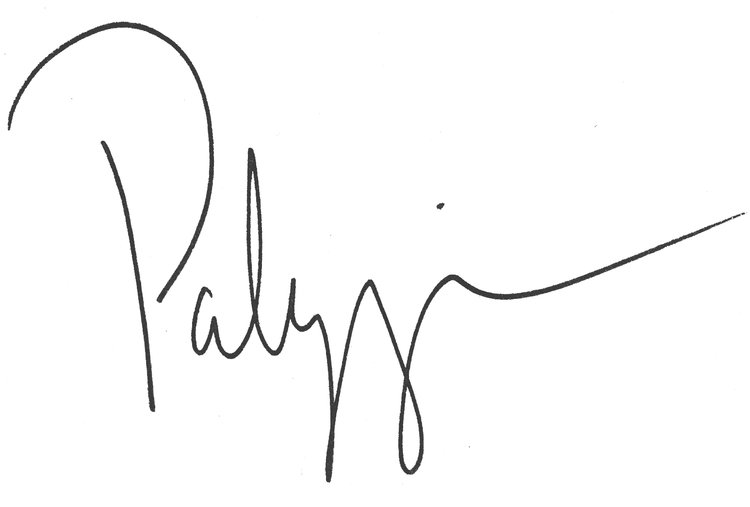60 min digital video | password: wander
Wanderweg (2013)
The modern road movie manifested itself in the late-1960s, catalyzed by an emerging youth culture in the 1950s – the Beat Generation. This youth culture had access to self-mobility not available to any generation before it, since the United States of America, following WWII, invested in the establishment of cross-country freeways. These freeways connected the distant coasts in an expansive, interconnecting network; these roads traversed the heart of the country, allowing unexplored areas of the map to be accessible. In archetypal terms, the road movie captures the movement of its protagonists from one place to another (ie. the journey). Whether that movement is an adventure, an escape, or a return home depends on the movements of the protagonist.
During a road movie, the protagonists shed their identity upon entering their quest. The unmarked and boundless terrain symbolizes the liminal identity of both the landscape itself and those travelling through it. Put differently, “the process of the road travel provokes an internal, psychological process (or journey), thus implying a casual bridge between quest and questioning” (Laderman, 2002). Thus, the space between home and away becomes a traversable space of self-exploration (Birkeland, 2005).
Wanderweg (2013) is a postmodern road movie, meaning the film is aware of its own creation. The film is riddled with moments of reflexivity, bringing the film to a stand-still as I constantly break the fourth wall and talk directly to the audience about struggling to make the road movie. Reflexivity distort the feeling of time in art –– think of M.C. Escher’s Relativity or Diego Velázquez’s painting Las Meninas.
Comparable films include Agnes Varda’s The Gleaners and I (2000) and Frank Cole’s Life Without Death (2000). Both road movies place their directors/creators in front of the cameras, allowing the viewer to see the product and the process of the film simultaneously.
Visually, my main inspiration for Wanderweg are the paintings of Caspar David Friedrich, specifically the ones featuring a solo traveller in a vast landscape facing away from the viewer. In Borrowed sight: The halted traveller in Caspar David Friedrich and William Wordsworth, Joseph Leo Koerner describes Friedrich’s paintings as:
“We know of such roads in real forests, roads which seem to lead somewhere, but which end in the unnavigable. Such paths are paradoxical, since their existence means that someone was already there, yet their abrupt endings make us wonder where their creators have gone. We finally wonder whether they are paths at all. Like Heidegger’ Holzwege, they bring us to the threshold of something never seen before. To pursue such paths is to enter the new, although a new with a strange origins in the past.”

